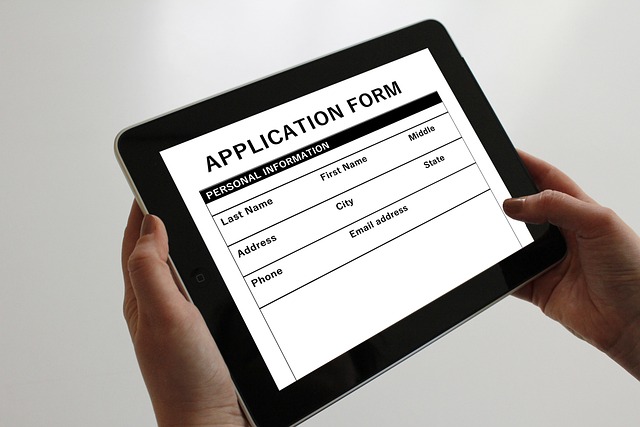Introduction: The Rise of Generative AI in Marketing
Generative AI is rapidly reshaping the marketing landscape, offering unprecedented opportunities to create compelling content, personalize customer experiences, and drive significant efficiency gains. As customer expectations rise and competition intensifies, generative AI tools empower marketers to automate repetitive tasks, spark creativity, and focus on strategic initiatives, leading to faster time-to-market.
Understanding Generative AI and its Capabilities
Generative AI refers to artificial intelligence algorithms capable of producing novel content, including text, images, audio, and code. These models analyze patterns in vast datasets to generate new outputs that mimic the characteristics of the training data. In marketing, this translates to crafting hyper-personalized messages at scale, optimizing content for search visibility, generating creative concepts, and ultimately boosting campaign effectiveness.
Key Benefits of Generative AI for Content Creation
- Streamlined Efficiency: Automate time-consuming content workflows, saving valuable time and resources.
- Hyper-Personalization: Deliver uniquely tailored messages and experiences to individual customers based on data.
- Scalable SEO Optimization: Generate and refine search-optimized content to improve visibility.
- Augmented Creativity: Spark new ideas, overcome creative blocks, and explore diverse content angles.
- Accelerated Time-to-Market: Shorten content production cycles and launch campaigns faster.
- Rapid Experimentation & A/B Testing: Quickly generate multiple variations of copy or visuals for testing.
Practical Applications of Generative AI in Marketing

Generative AI can be applied across numerous marketing functions. Here are some practical examples:
- **Versatile Content Generation:** Draft blog posts, social media copy, email campaigns, video scripts, and website content.
- **Visual Asset Creation:** Generate unique marketing images, product mockups, and short videos for social media or ads.
- **Personalized Customer Journeys:** Craft dynamic email sequences or website experiences based on user behavior.
- **Enhanced SEO Strategy:** Identify keyword opportunities, generate meta descriptions, and optimize existing content for better search rankings.
- **Dynamic Ad Creative:** Automatically generate and test numerous ad variations (text, image combinations) for optimal performance.
For instance, an e-commerce retailer could use generative AI to automatically create personalized product descriptions for thousands of items, highlighting features relevant to specific customer segments. Similarly, a B2B software company could generate targeted email outreach sequences with subject lines and body copy designed to resonate with different industry verticals, potentially improving engagement rates significantly.
Overcoming Challenges and Implementing Generative AI

While generative AI offers significant advantages, successful implementation requires strategic planning and careful execution. Key hurdles include ensuring data privacy and quality (as biased data yields biased results), mitigating model 'hallucinations' (inaccurate outputs), and maintaining ethical standards. Crucially, human oversight is needed to guide the AI, refine outputs, and ensure alignment with brand voice and values.
The Future of Marketing with Generative AI
As generative AI technology matures, its integration into marketing workflows will deepen. Industry analysts predict that within the next decade, generative AI will significantly automate routine marketing tasks, unlocking substantial productivity gains. Marketers who strategically adopt and integrate these tools will be best positioned to innovate, enhance customer experiences, and maintain a competitive edge in the evolving digital landscape.
